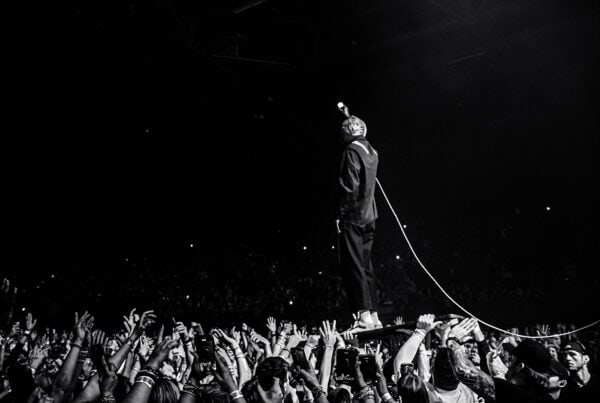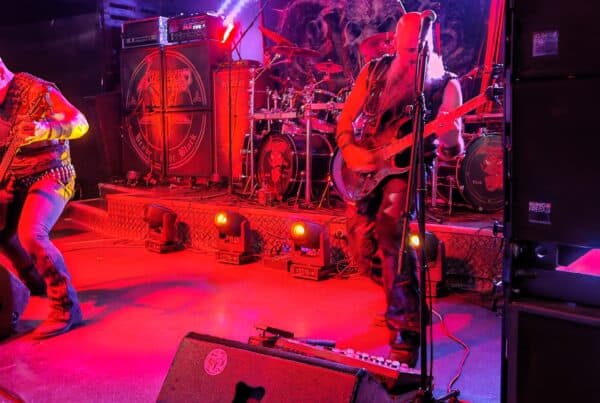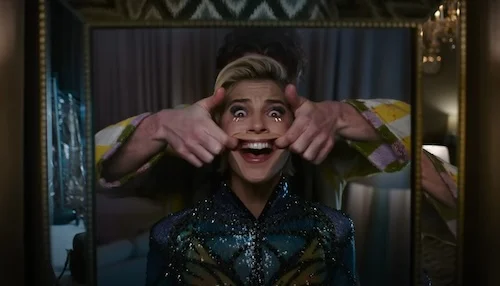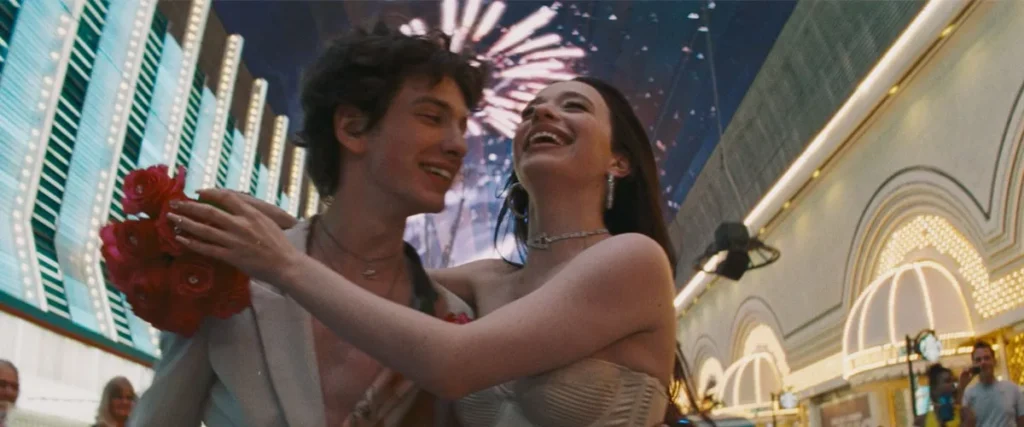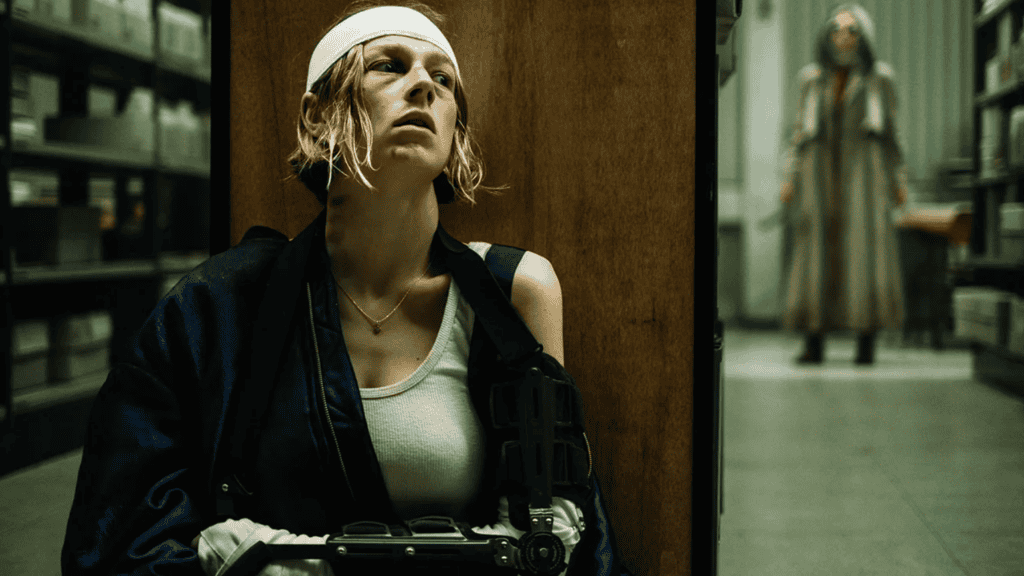As NASA is gearing up for the 1969 launch of Apollo 11, sketchy marketing specialist, Kelly Jones (Scarlett Johansson), is brought on as the head of PR to improve the agency’s image, create positive buzz, and secure funding in time for the mission’s go-ahead. Meanwhile, Cole Davis (Channing Tatum), director of NASA, is the by-the-book naysayer to Jones’ changes – whilst trying to make sure the tragic deaths of the Apollo 1 mission don’t repeat themselves with #11s.
Between these fictional characters with the scars of their past under the surface, a romance blossoms nevertheless – with the two’s conflicting principles being the ultimate test for both their new relationship and one of mankind’s most significant achievements.
Although only loosely based on the lead-up to the Apollo 11 mission – with entirely different characters and complete timeline shift-a-round of events true and false – Fly Me to the Moon comes with one of the frequent struggles in films of its kind.
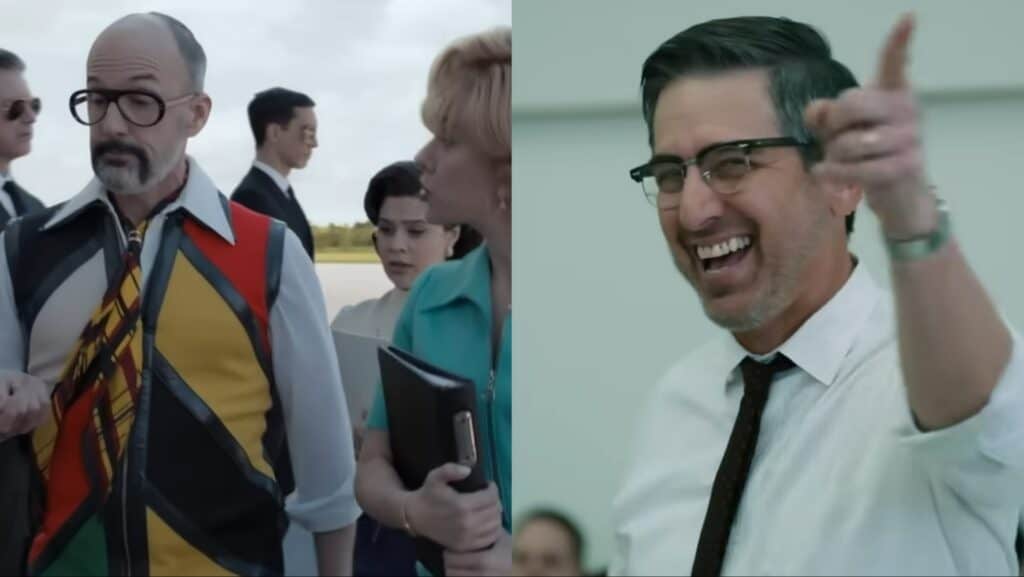
With adapting big periods from history into a period movie, especially a romantic period movie, comes the inevitable grapple between the respective needs for entertainment and realism. Regardless of the many creative liberties taken with the real-life story around its premise, a retelling of the space race is expected to be grounded in reality on at least some level. With that, there is the chance to educate the uninformed and pay respect to those significant events.
That said, real geniuses talking about the importance of engine thrusters and launch trajectories may not sound riveting to everyone. So, in came two of Hollywood’s most beautiful people in two of NASA’s most significant roles to carry the story with flirtatious banter and lovey-dovey tension.
In execution, this works – in places. The regular back-and-forths of jokey, trying-to-be-snappy dialogue in every scene between every character does become grating, in the way that the Marvel Cinematic Universe movies and shows have felt in their worst efforts over recent years. On the other hand, this format gives way to the best members of its cast shining bright.
The incredible Jim Rash as Lance Vespertine injects an infectious diva energy into every scene, causing those without him to feel lifeless by comparison. Ray Romano plays to a nuanced take on his strengths as NASA staffer Henry Smalls. As anyone who grew up in the late 90s-to-mid-2000s would tell you, everybody loves Raymond Romano.
Woody Harrelson as Moe Burkus – the government agent who recruits Kelly – is essentially just himself in every other Woody Harrelson performance, but it’s a definitive “if it ain’t broke, don’t fix it” scenario.
The issue around Fly Me to the Moon’s cast is actually with the leads. From the first look at the film’s trailers, it’s obvious why Scarlett Johansson and Channing Tatum were put into their roles. Individually, they’re two of the most well-known textbook actors for the romantic genre, as well as those in comedy, and action. If anyone’s name and face on a poster is going to fill some seats for a NASA movie, selling an additional love story layer for a bit of pizazz in its appeal, it’s them.
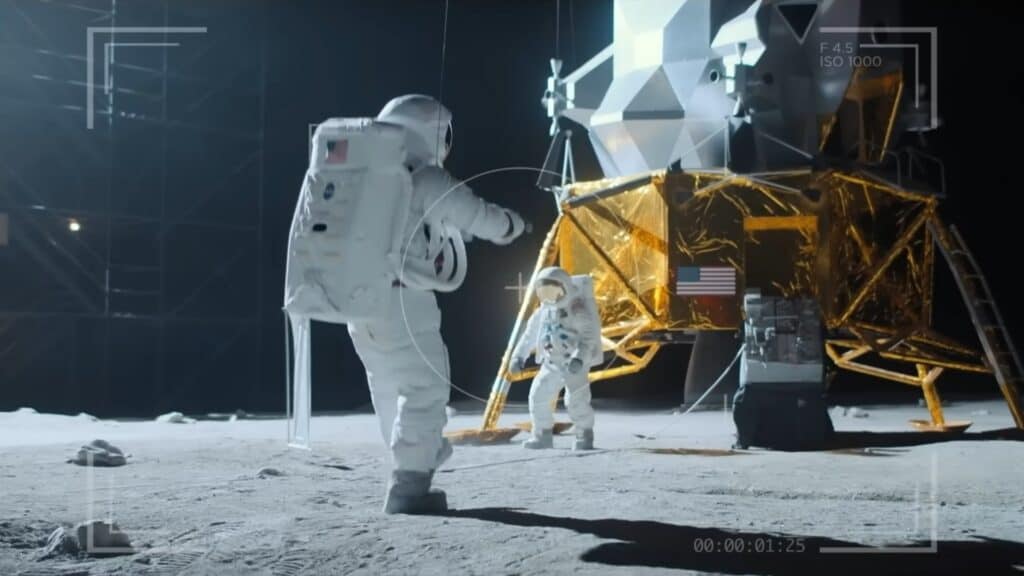 Together, however, although the ice starts to break ever so slightly in the second half, there’s never any real chemistry between the two to make sparks fly. Each has their moments to earn a chuckle here and there, but with every scene of meant-to-be banter, cutesy humor, and heartfelt exchanges, the wooden dual performance on display can’t help but make one think about so many other actors who could’ve done a more convincing job.
Together, however, although the ice starts to break ever so slightly in the second half, there’s never any real chemistry between the two to make sparks fly. Each has their moments to earn a chuckle here and there, but with every scene of meant-to-be banter, cutesy humor, and heartfelt exchanges, the wooden dual performance on display can’t help but make one think about so many other actors who could’ve done a more convincing job.
If having two of acting’s most good-looking people to stare at in an Apollo 11 story isn’t your thing, Fly Me to the Moon is thankfully still pretty enough to be a darling for the visual senses. The vivid-coloured outfits, giant control room consoles & headsets, and sleek-yet-retro editing montages do create a gorgeous nostalgia for the era.
Be that as it may, the charming aesthetics don’t take away from the distinct contrast stemming from Cole and Kelly’s clash over logistics & being true to the mission vs the PR wow factor- feeling like a brazen metaphor for the film being at frequent war itself over creating a compelling drama vs jokes and star power.
There are more efforts in the former towards the latter half of the story – becoming the core of the narrative around faking the moon landing. Being debunked in real life, this serves as a massive change compared to what happened back in the 1969 mission. Does it serve as an entertaining courtesy of a flurry of jokes, dramatic stakes, and a cat? Absolutely.
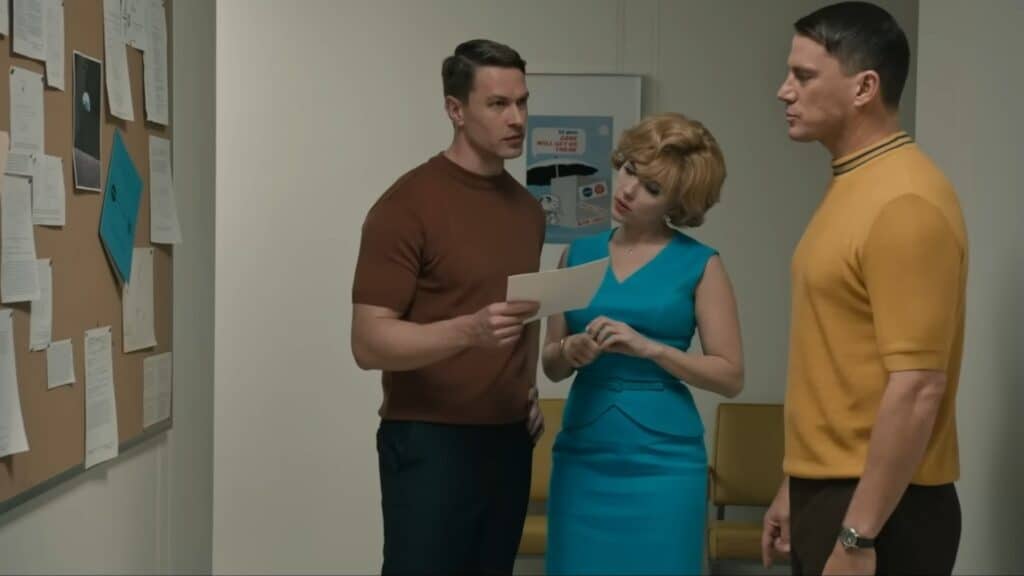
Does it have the potential to be misinformative despite its jabs at conspiracy theorists? Also yes, but the alternative apparently wouldn’t have been as fun.
Produced by Apple Studios, Fly Me to the Moon is expected to hit the Apple TV+ streaming service at a later date following its theatrical run at the time of writing. In retrospect, that’s more the camp where the Channing Tatum-Scarlett Jo rom-com belongs.
Packed with some great performances outside of its leads, minimally entertaining humour, and a nostalgic 1960s appeal, Fly Me to the Moon is best when you think of it as a turn-your-brain-off flick to throw on from the comfort of your sofa on a Sunday night.
With some faithfully intense moments like Cole Davis’ (Tatum) guilt and regret over the loss of the Apollo 1 astronauts – trying to avoid repeating those mistakes – there are some glints of what could’ve been a gripping biographical drama here. Instead, we got surface-level romance and cat jokes.

